How to Choose the Perfect Rolling Workbench for Your Workspace
When it comes to optimizing your workspace, a rolling workbench can be a game-changer. Whether you are a seasoned craftsman or a DIY enthusiast, having a versatile and mobile work surface allows you to tackle various projects with ease and efficiency. However, with a plethora of options available, selecting the perfect rolling workbench tailored to your specific needs can be overwhelming. In this guide, we will walk you through essential factors to consider when making your choice, including size, material, mobility, and additional features. By carefully evaluating these aspects, you can ensure that your rolling workbench not only enhances your productivity but also harmonizes with your work environment, providing a functional and aesthetically pleasing solution to your workspace challenges.
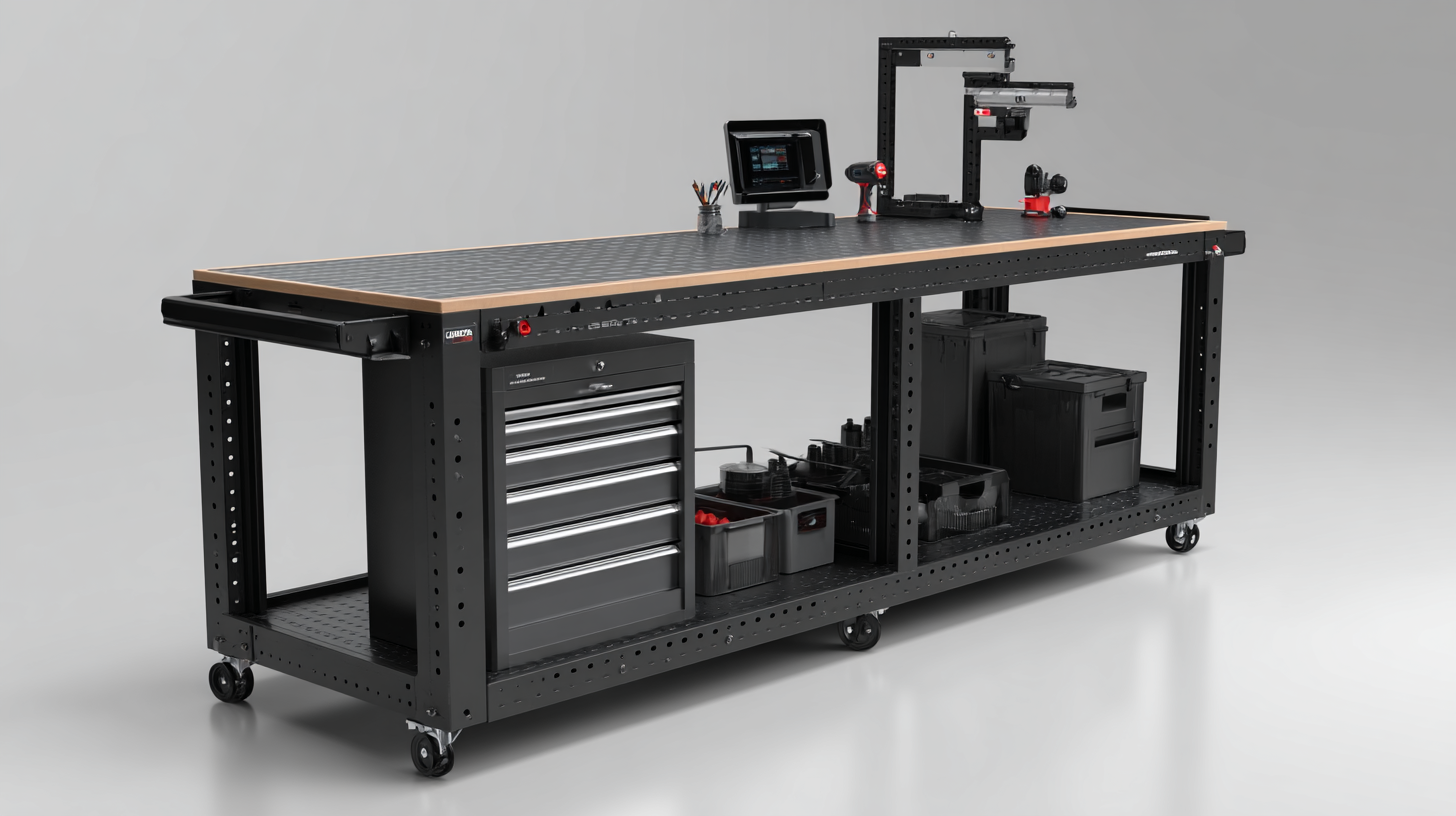
Identify Your Workspace Needs and Goals
Choosing the right rolling workbench begins with a clear understanding of your workspace needs and goals. Start by assessing the size and layout of your workspace. Consider the available floor space and how frequently you need to move the workbench. A compact workbench might be ideal for smaller areas, while larger spaces can accommodate a more substantial unit that provides extra
storage and surface area.
Tips: When evaluating your workspace, take measurements to ensure the workbench fits without crowding other tools and equipment. It's also essential to think about the types of projects you typically handle and the tools you use.
Next, prioritize the features that will enhance your productivity. Do you need built-in shelving, drawers, or electrical outlets? Some workbenches come with adjustable heights or locking wheels, which can be beneficial for varying tasks. Identify must-have features that align with your workflow to ensure the workbench supports your goals seamlessly.
Tips: Make a list of essential features and nice-to-have options. This will help you narrow down your choices effectively while shopping for the perfect rolling workbench.
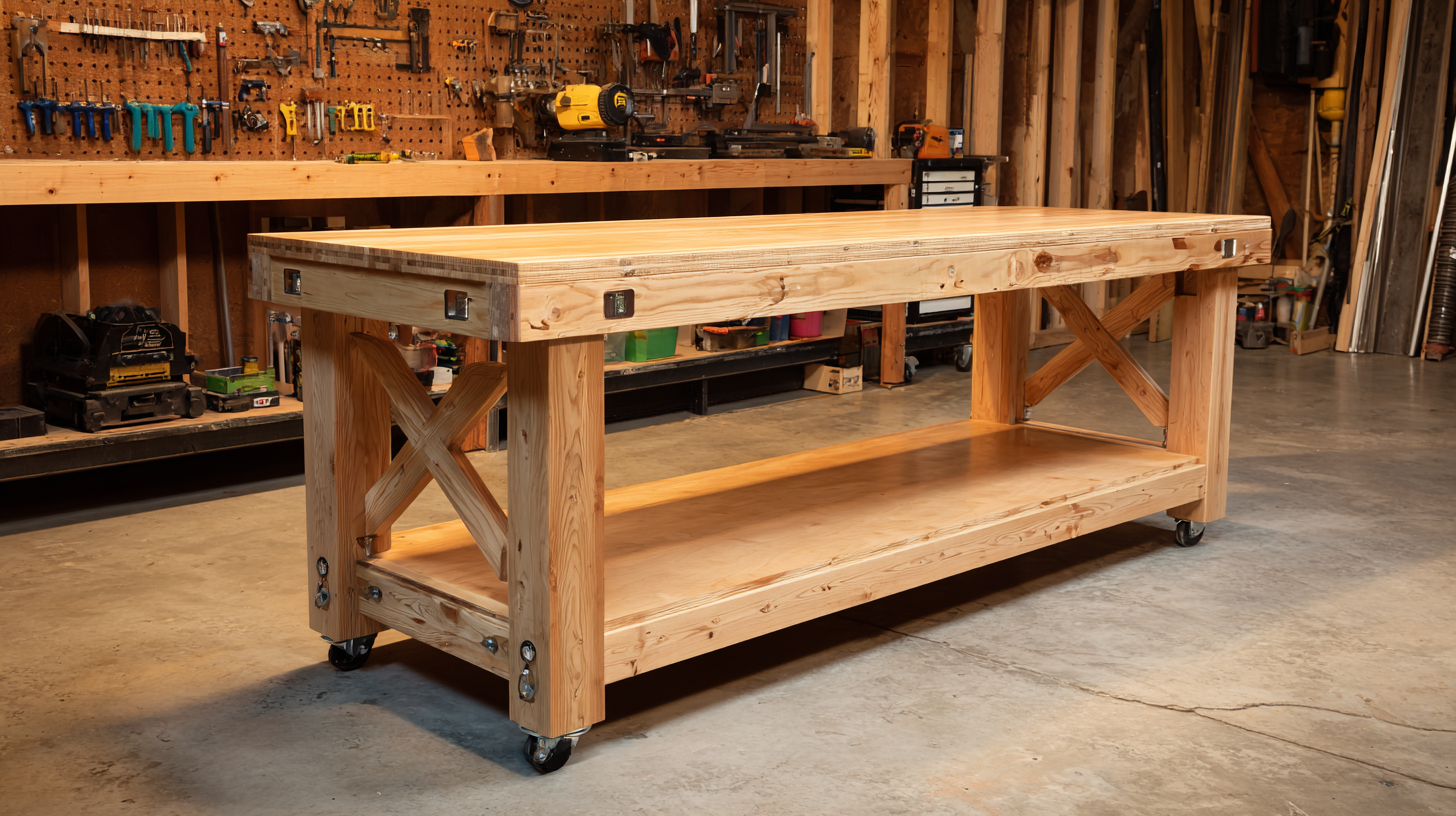
Consider the Size and Height Specifications
When choosing a rolling workbench, size and height specifications are crucial in ensuring it fits your workspace effectively. A workbench that is too large can overwhelm a small area, while a model that is too small may not provide the functionality you require. According to industry reports, the average width for a workbench is between 48 to 72 inches, allowing ample surface area without occupying excessive space. Height is another vital factor; standard workbench heights range from 28 to 36 inches. A bench that is at a comfortable height can significantly enhance productivity and ergonomics.
**Tips:** Consider measuring your workspace first, including the dimensions of adjacent equipment or storage units, to avoid incompatibility. Additionally, assess the types of projects you typically handle. Taller workbenches can be beneficial for standing tasks, whereas lower benches might be better suited for detailed, seated work. Opting for an adjustable-height model can offer more versatility, accommodating various tasks and user preferences.
Lastly, remember that portability is key for many workshops. Ensure that your rolling workbench has sturdy wheels and a locking mechanism to keep it stable during use. Investing in a workbench that meets your specific size and height needs will enhance both your efficiency and workspace organization.
How to Choose the Perfect Rolling Workbench for Your Workspace
Evaluate Material and Durability Requirements
When selecting the perfect rolling workbench for your workspace, evaluating the material and durability requirements is crucial. According to a report by the Industrial Ethos Group, high-quality materials not only extend the life of the workbench but can also enhance safety and efficiency in a busy work environment. For instance, steel workbenches have been shown to withstand heavy loads, with some models rated to support over 2,000 pounds. This makes them ideal for industrial applications where both strength and stability are paramount.
Tips: When assessing materials, consider factors like corrosion resistance and ease of maintenance. Stainless steel and powder-coated finishes are excellent choices for durability, especially in environments exposed to moisture or chemicals. Additionally, the thickness of the workbench surface plays a vital role; a thicker surface generally provides better support and is less prone to warping.
Another point to consider is the mobility aspect of your workbench. Some brands offer workbenches with reinforced casters that can handle heavier loads while still being easy to maneuver. According to recent data from the National Safety Council, having a mobile workbench can significantly reduce the risk of workplace injuries as it allows for better organization of tools and materials, leading to a more efficient and safer work area.
Assess Mobility and Storage Features
When selecting a rolling workbench for your workspace, assessing mobility and storage features is crucial for maximizing efficiency. According to a recent report by the Workbench Industry Association, nearly 70% of professionals emphasize the importance of mobility in their workbench selection. A well-designed rolling workbench should come equipped with sturdy locking wheels that facilitate ease of movement while ensuring stability when stationary. Brands that incorporate high-quality swivel casters often report a 40% increase in user satisfaction due to reduced strain during transportation.
Storage capacity is another vital factor to consider. The same industry report highlighted that 80% of users prefer workbenches with built-in storage solutions like drawers and shelves. These features not only help organize tools and materials, but they also contribute to a clutter-free workspace, which can enhance productivity by up to 25%. Opting for a workbench that offers a combination of accessible storage and mobility can significantly elevate your workflow, making it an investment in both your workspace's functionality and your overall job performance.
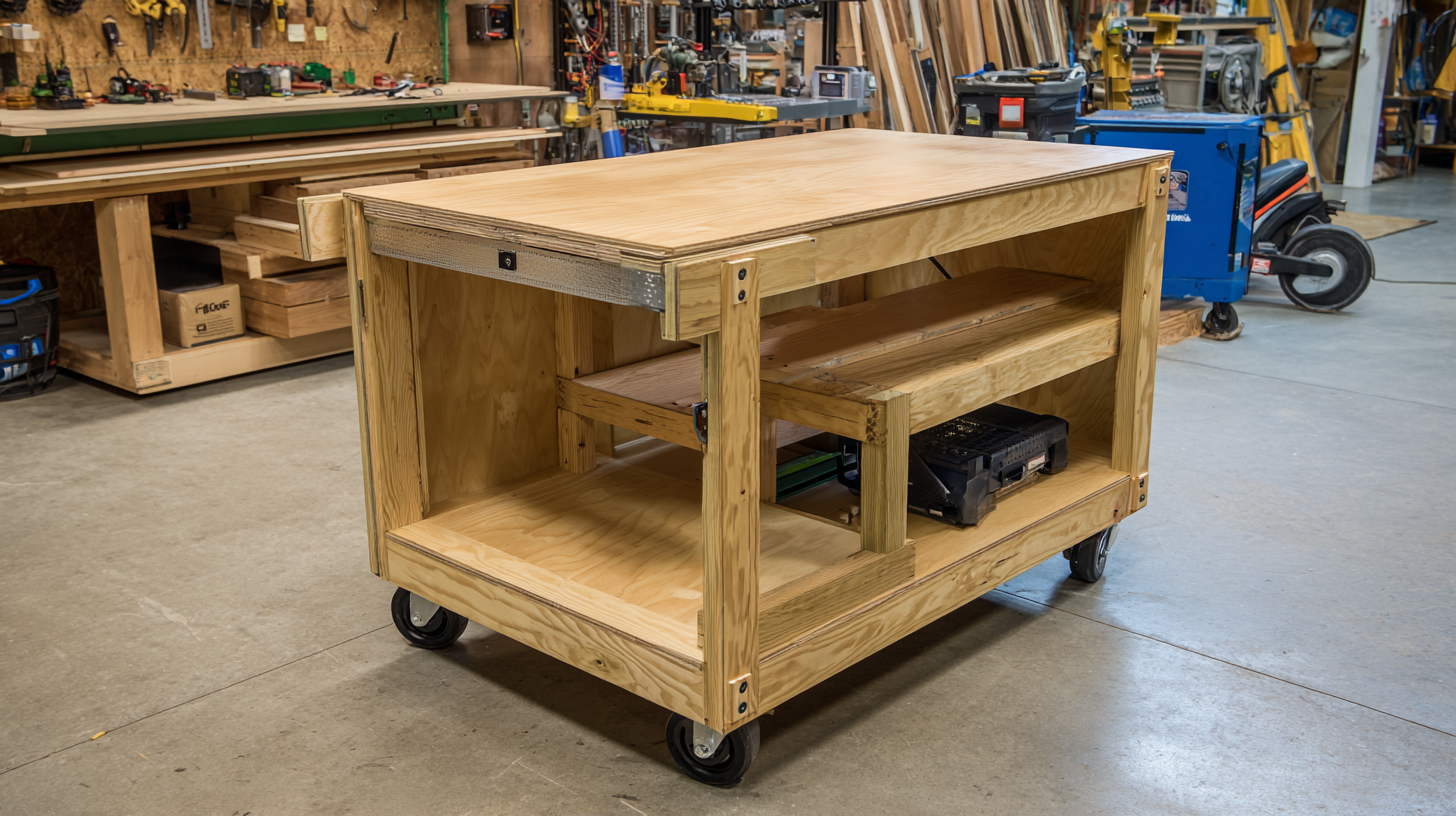
Check for Additional Accessories and Customization Options
When selecting a rolling workbench, it's essential to consider the additional accessories and customization options that can enhance its functionality and fit your specific workspace needs.
Accessories such as tool organizers, pegboards, and drawer dividers can significantly increase efficiency by keeping your tools and materials easily accessible. Look for options that allow for quick attachment and detachment, making it easy to modify your setup based on the task at hand.
Customization is another crucial aspect to evaluate. A rolling workbench that offers adjustable height or configurable layouts can accommodate various projects and user preferences. Ensure that the workbench has options for adding features like power strips, lighting, or even specialized holders for specific tools.
By investing in a workbench that allows for these customizations and accessories, you can create a more organized, efficient, and personalized workspace that adapts to your evolving needs.
Related Posts
-
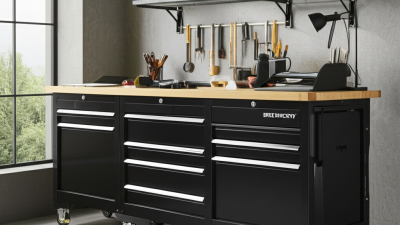
The Evolution of Workspaces with the Best Rolling Workbench Solutions
-

7 Best Garage Work Bench Solutions for Every DIY Enthusiast
-
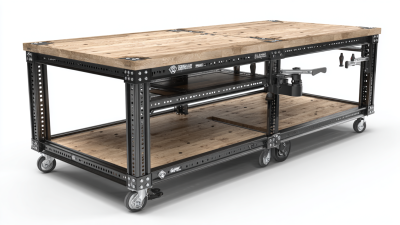
14 Best Rolling Work Benches for Ultimate Workspace Efficiency
-
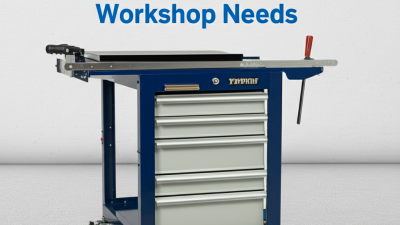
How to Choose the Best Rolling Workbench for Your Workshop Needs
-
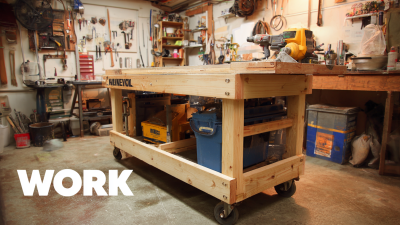
7 Compelling Reasons Why the Best Work Bench on Wheels Revolutionizes Your Workspace Efficiency
-
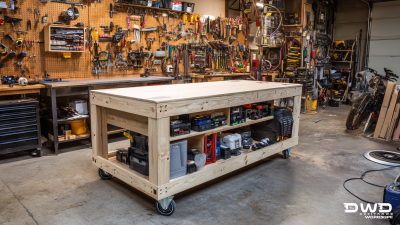
What Makes the Best Rolling Workbench Essential for Every Workshop
Footer
Resource Center
Contact Us
1901 West Main Street
Washington, MO 63090
Main Directory: 1-800-227-4873
Email: sale@pangcofurniture.com
Affiliations


